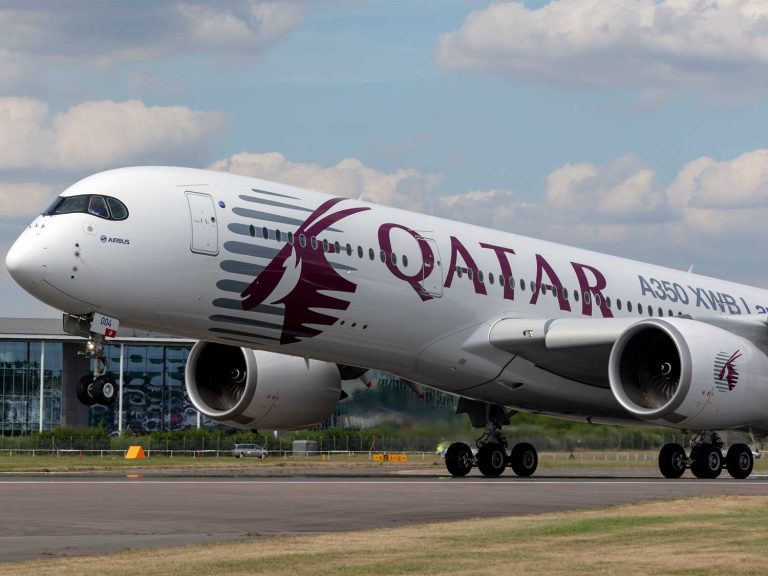
Date:
Airfreight Cools; Growth Still Building
Even though air cargo is easing back after a brisk summer, global tonnages rose in the third quarter, with eCommerce redrawing lanes and hub dynamics, while UK airport expansions point to a more connected decade ahead.
Worldwide air cargo tonnages were up 4% YoY in Q3 2025 and while average spot prices were down 3% over the same period, it signals a market that’s cooling from 2024’s highs rather than falling.
IATA’s cargo data reinforces this picture: CTKs, a key measure of air-freight volume, rose over 5% in July and 4% in August, indicating capacity is expanding but broadly in line with demand.
Analysts continue to forecast demand growth of 3 to 4% for 2025, noting that while September momentum moderated after a surprisingly strong summer it is evidence of stabilisation rather than slump.
The biggest structural change is in cross-border eCommerce, with operators pivoting to high frequency, later cut-off and belly-hold connectivity over traditional bulk consolidations.
While tariff hikes and the end of de minimis exemptions have softened traffic flows from China and Hong Kong to the USA, trade-lanes from China and Hong Kong into Europe have gained share, with European hubs absorbing tech, parts, components and small-package uplifts.
Primary winners include:
- Liege where July and August cargo figures are up 14% and 29% YoY, with YTD volumes up 13% at almost 850,000 tonnes.
- East Midlands handled 375,000 tonnes of freight in 2024/25 and has flagged surging express volumes tied to export growth.
- Leipzig/Halle processes around 2,000 tonnes per night for Europe-wide next-day delivery, underlining its position as Europe’s eCommerce workhorse.
- Cologne/Bonn handles 850,000 tonnes annually, with envious wide-body links, including the addition of India–Europe capacity this year.
More UK lift on the way
- Gatwick second runway approved, with reports suggesting operations by 2029. With almost two-thirds of UK air cargo moving in passenger belly-hold, air cargo tonnage could double.
- East Midlands continues to invest around its all-cargo ecosystem and free-port, positioning.
- Heathrow is already the UK’s most important port by value and approval for a 3rd runway will enhance its role as a global hub for imports and provide unparalleled access for British businesses to international markets.
Capacity Challenges Still Remain
About 4m tonnes of eCommerce was carried by air last year and that will be exceeded in 2025, yet new capacity cannot be added fast enough, with Boeing and Airbus unable to deliver the numbers needed. The result is a squeezed market, with carriers competing for capacity and aircraft flying harder.
On Asia–Europe, 2023 saw 1.2× more lift east-to-west and yields 1.6× higher than the return; in early 2025, the yield gap widened to 2.6×. Similar imbalances appear on transpacific lanes, creating quasi one-way flows that force changes to freighter scheduling, network design and even fleet choices. In short, eCommerce is growing faster than airframes can, and the economics are shifting with it.
Outlook
Air freight is adapting to a new environment, with softer rates, steady volumes steady and ascendant eCommerce. With European hubs thriving and the UK set to add runway and cargo capability, the sector’s medium-term outlook is positive, but shippers need to stay agile to see the benefits.
Metro gives you the visibility, agility, and expertise to adapt to shifting trade flows and capacity constraints.
EMAIL managing director, Andy Smith, to learn how we can strengthen your supply chain by actively managing capacity, optimising routings, and leveraging trusted carrier partnerships.
